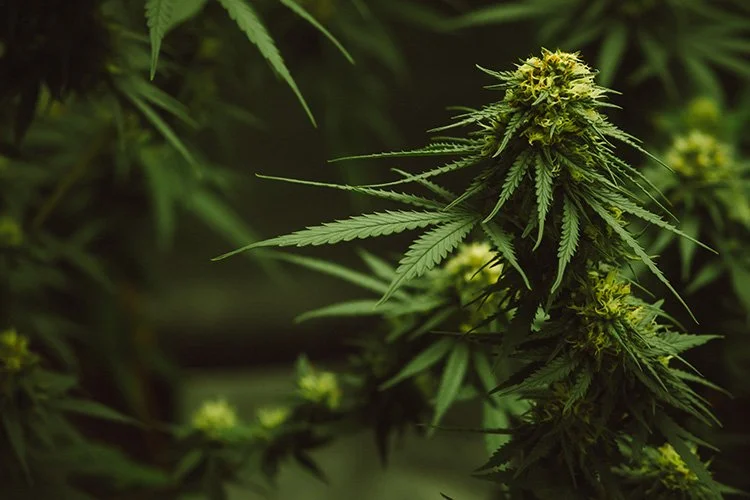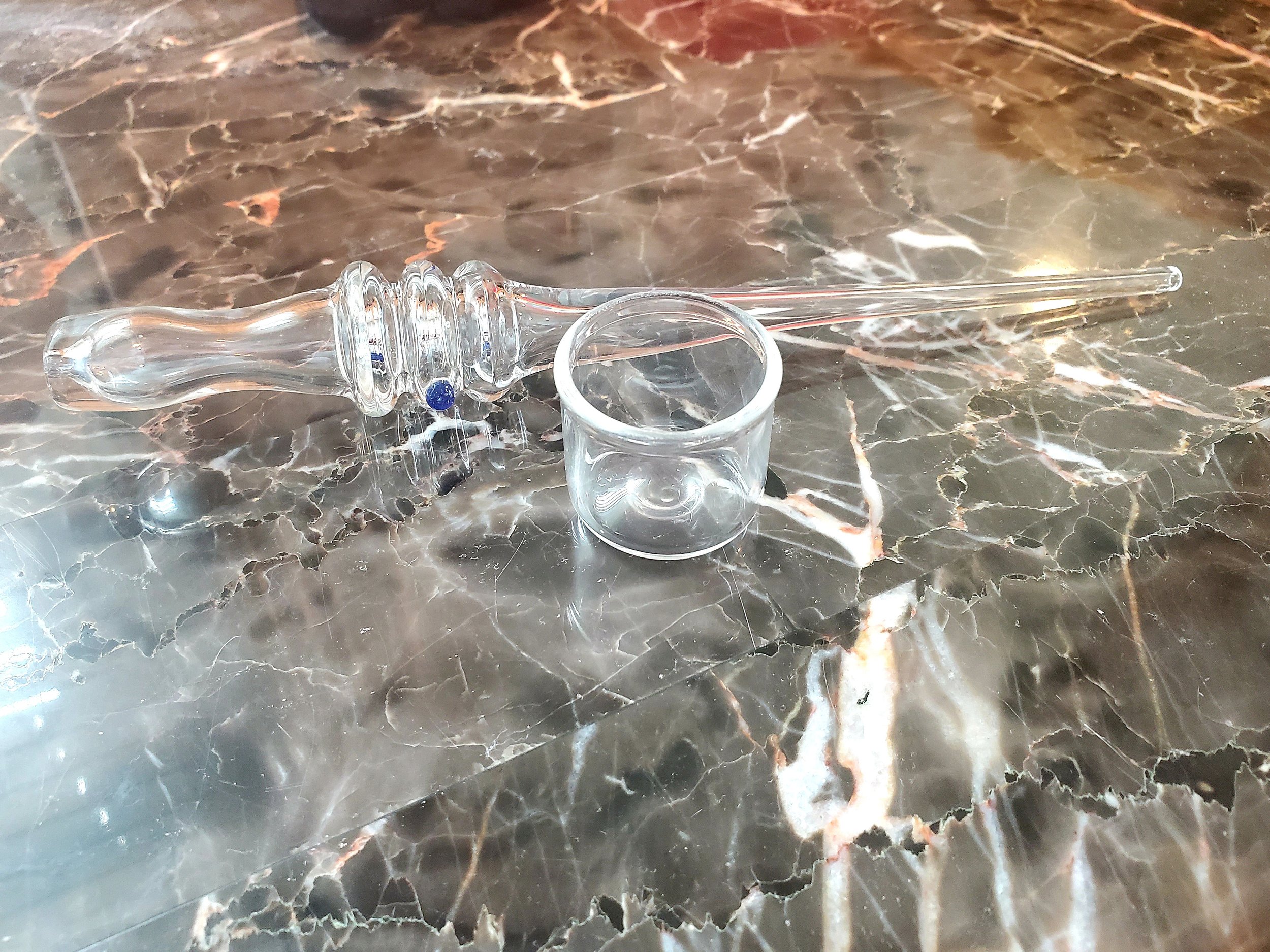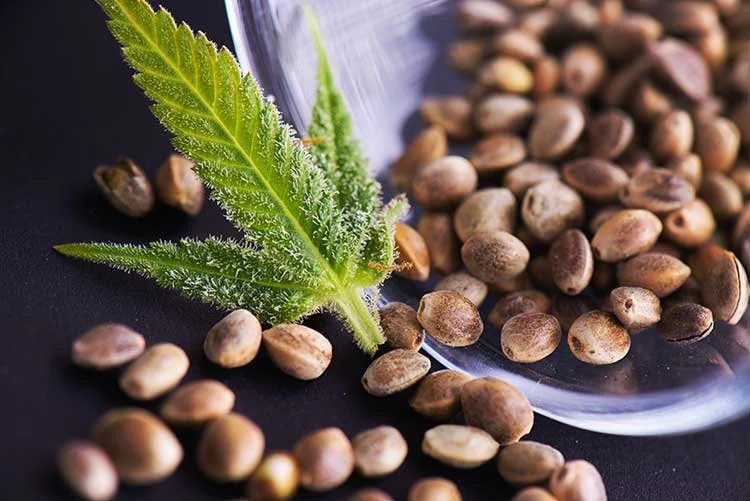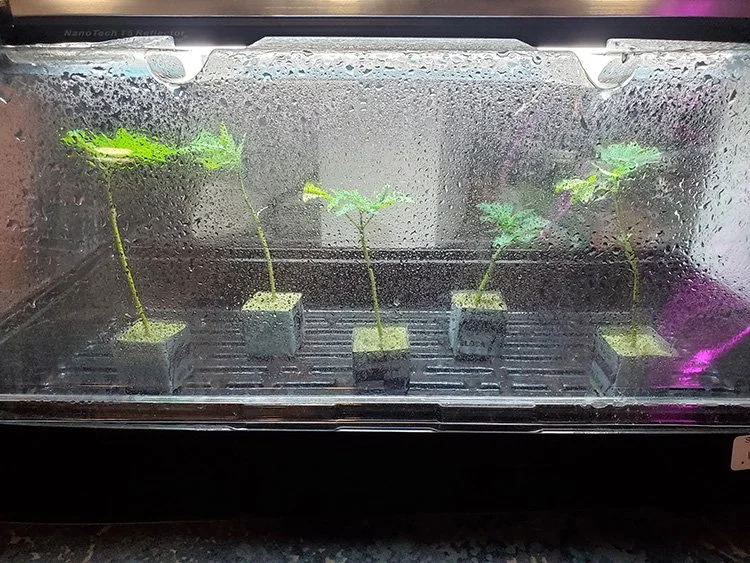Cultivating the Perfect Cannabis Garden with Photoperiod Seeds
Do you want to cultivate the perfect cannabis garden? If so, then you need to start using photoperiod seeds. Photoperiod seeds are designed to flower according to the length of daylight they receive, which makes them perfect for gardeners who want to control the timing of their harvest. In this blog post, we will discuss photoperiod seeds and give you tips from experienced growers, farmers and gardeners on how to get the most out of your cannabis garden!
Please read: Where to Find Photoperiod Seeds for Sale
What are Photoperiod Seeds?
Photoperiod cannabis seeds, undoubtedly, have caught the attention of many gardening enthusiasts and cannabis connoisseurs alike. They are unique in the sense that their flowering phases are determined by the specific amount of light they receive daily, rather than their genetic makeup, which differentiates them from autoflowering cannabis seeds.
The name "photoperiod" stems from the attractive feature that these seeds ensure a generous yield and robust growth when they are exposed to balanced light and dark periods. For example, when they receive 12 hours of light followed by 12 hours of darkness, their chemical processes are triggered, causing them to transition from their vegetative phase into the flowering stage.
Learn the best way of Growing Autoflower with LED Lights
Moreover, photoperiod cannabis plants are revered for their adaptability. Cultivators can control and manipulate the duration of their growth to ultimately influence the size and potency of these fascinating plants. This flexibility, combined with the advantage of being able to provide a bountiful harvest, has made photoperiod cannabis seeds particularly sought-after among growers and enthusiasts who desire a personalized touch to their cannabis cultivation journey.
Advantages of Photoperiod Cannabis Seeds
Photoperiod cannabis seeds offer cannabis growers several enticing advantages that set them apart from their autoflowering counterparts. One primary benefit is their ability to adapt to various light schedules, giving growers better control over their plants' growth phases. This flexibility allows for optimized growth patterns and potentially larger yields, making these seeds particularly appealing to those seeking a bountiful harvest.
Additionally, photoperiod plants often produce a more diverse array of cannabinoid and terpene profiles, leading to a richer sensory experience for consumers. These plants also have a longer vegetative stage, allowing for enhanced growth and development before they reach the flowering phase, thus potentially resulting in stronger, more robust plants.
Lastly, photoperiod cannabis seeds provide the opportunity for advanced cultivation techniques, such as cloning and grafting, which can improve overall crop efficiency and quality. With these numerous advantages, it's no wonder that photoperiod cannabis seeds are an attractive option for both novice and experienced growers alike.
Benefits of Photoperiod Seeds
Potentially larger yields
Can be cloned (see below)
Longer Vegetative Growth
Can be used for grafts
Perfect for indoor growers
You can use advanced training techniques to maximize your yield
What is Cloning?
Cloning cannabis is a fascinating and innovative technique employed by growers to propagate their favorite strains in a high-quality and consistent manner. This process involves selecting a healthy and vigorous mother plant with desirable characteristics and carefully taking cuttings from its branches.
The cuttings are stripped of it's leaves, except for the top, and dipped in rooting hormone. This helps induce the photoperiod cannabis plants to form roots to create a genetic replica of the original plant. With cloning, cannabis connoisseurs are able to enjoy the exact same flavors, potency, and benefits of their preferred cannabis plant time and time again.
Additionally, cloning enables a perpetuation of specific genetic traits of the plant, allowing for a more predictable and standardized growth pattern. This method has revolutionized the world of cannabis cultivation, ensuring a superior and consistent consumer experience.
Cloning also saves money because you don't have to keep buying cannabis seeds. A photoperiod plant can parent hundreds of clones, while it is in the vegetative state. This is a huge advantage over autoflowering cannabis seeds, which cannot produce clones. The plant that cuttings are taken from are called "Mother Plants" since the cuttings with have the same genetics as the parent. Pretty cool right?
Only Clone Female Plants
When cloning cannabis, it is important to only clone female plants. This means that when cultivating your photoperiod cannabis seeds, you should wait until the pre-flowering phase to identify the gender of the plants or buy feminized seeds.
Female plants are desirable because they produce smokable flower buds instead of non-smokable male pollen sacs. Cloning male plants is a waste of time and resources, as they will not produce the desired result. Additionally, once female cannabis plants start flowering, they can no longer be cloned.
In conclusion, photoperiod cannabis seeds are an excellent choice for experienced and novice growers alike.
Understanding the Photoperiodism Cycle to Determine When To Plant
Photoperiodism is an essential concept for gardening enthusiasts and professional growers alike to ensure a thriving and fruitful garden. This phenomenon involves the intricate relationship between plants and the number of daylight hours they are exposed to, ultimately determining when they will flower and produce fruit. A plant's photoperiod sensitivity is controlled by a set of proteins called phytochromes, which detect and respond to changes in light duration. By studying the photoperiodism cycle, gardeners can time their planting and cultivating activities around the natural rhythm of the plants to maximize yield and crop quality. This knowledge enables them to select appropriate plant varieties for their specific location, catering to their garden's individual needs, and even manipulate light conditions to obtain desired plant responses. As a result, developing a deeper understanding of the photoperiodism cycle can have long-lasting and rewarding effects on the gardening experience.
Photoperiodism for Cannabis Seeds
For cannabis plants, there are two important stages in which photoperiodism has a significant impact - the vegetative stage and the flowering stage. Paying close attention to the light exposure patterns for cannabis seeds ensures that they grow to their fullest potential and provide the highest yields. By understanding and mastering the concept of photoperiodism, growers and enthusiasts can optimize their cannabis cultivation techniques, leading to thriving plants and superior-quality buds.
In order for photoperiod cannabis plants to produce flower, it needs to have a light cycle of 12 hours of daylight and 12 dark hours. Indoors growers can control this by setting timers on their grow lights.
Autoflower Seeds
It's worth mentioning autoflowering cannabis seeds in this article. Unlike photoperiod plants, autoflowering seeds are able to reach full maturity in 12-14 weeks. This rapid life cycle significantly reduces the wait time between planting and harvesting, which is a crucial advantage for both hobbyist and commercial growers.
Autoflowering seeds do not need light and dark hours. The plant knows when to start flowering regardless of the light schedule. Autoflowering cannabis strains are perfect for beginner and experienced growers alike, since they are low maintenance and generally easier to cultivate.
You can read more details here: Autoflower vs Feminized Seeds
FAQ
Q: What are photoperiod plants?
A: Photoperiod plants are cannabis strains that require a specific light cycle in order to flower. They need 12 hours of daylight and 12 hours of darkness to properly reach maturity.
Q: What is the difference between photoperiod and autoflowering seeds?
A: Photoperiod seeds require a specific amount of light and dark hours in order to flower, while autoflowering seeds will automatically begin flowering regardless of the light cycle. Autoflowering seeds are also shorter-lived than photoperiod plants, with a life cycle of 12-14 weeks instead of several months.
Q: How can I control the light exposure for my photoperiod plants?
A: Setting timers on your grow lights is the best way to ensure that your photoperiod cannabis plants are getting the right amount of light and dark hours. This will ensure that they reach full maturity and yield the highest quality buds. For outdoor growing, the plants will finish flowering in the fall (early October).
Q: What is photoperiodism?
A: Photoperiodism is a phenomenon in which plants respond to changes in day length and light duration. This response enables them to time their flowering, fruiting, and other metabolic processes around the changing seasons.
Q: Does cloning work with photoperiod cannabis seeds?
A: Yes! Cloning photoperiod cannabis plants will produce offspring that will follow the same life cycle as the parent plant - they can be harvested after 12-14 weeks of flowering. Cloning ensures that the cuttings will have the same genetics as the parent plant. It's important to only clone a female plant, since male pollen sacs are not smokable.
Q: Where is the best place to buy photoperiod cannabis strains?
A: ILGM.com






















Are you wondering if marijuana is classified as a stimulant? Read our article to find out.